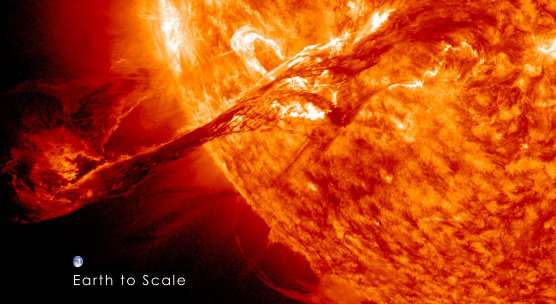The outer universe is looking more and more like a larger version of near space. A ribbon of hot gas trailing behind a galaxy has been spotted by the Chandra X-ray Observatory, looking for all the world like a tail (as in an ion tail in the wake of a comet). The problem here of course that ion tails are the result of inter-action with the solar wind – but what is inter-acting with this galaxy?
The mainstream view is that the galaxy, Zwicky 8338 is moving through a vast cloud of hot inter-galactic gas (or plasma) – but the tail is estimated to be 250,000 light years in length. However, if we compare one scale, much smaller, with the larger galactic scale, how much different is it to the tail recently seen on Comet Catalina (buffeted by the solar wind)? The link is at http://phys.org/print369983937.html — and provides a mainstream explanation. The article was published in November (2015) in Astronomy and Astrophysics G journal.
Meanwhile, over at http://phys.org/print369996384.html … we are back to our own solar system … and at the Sun
 University of Dundee and Durham University scientists aim to use mathematics to boost knowledge of how magnetic structures on the Sun are formed. Solar weather affects the atmosphere of the Earth and CMEs are associated with space weather events such as auroral formations vibrating at the poles, yet science does not understand the dynamics of the Sun's magnetic field.
University of Dundee and Durham University scientists aim to use mathematics to boost knowledge of how magnetic structures on the Sun are formed. Solar weather affects the atmosphere of the Earth and CMEs are associated with space weather events such as auroral formations vibrating at the poles, yet science does not understand the dynamics of the Sun's magnetic field.
Apparently, the Met Office now supplies 'space weather' forecast as solar storms are seen as a threat to satellite, power grids, and communication systems. They will use modelling or computer simulation in an attempt to unpick the forces behind the Sun's magnetic fields and their effects. Of course, the findings will depend on the import – but the idea is to get a better handle on plasma.
